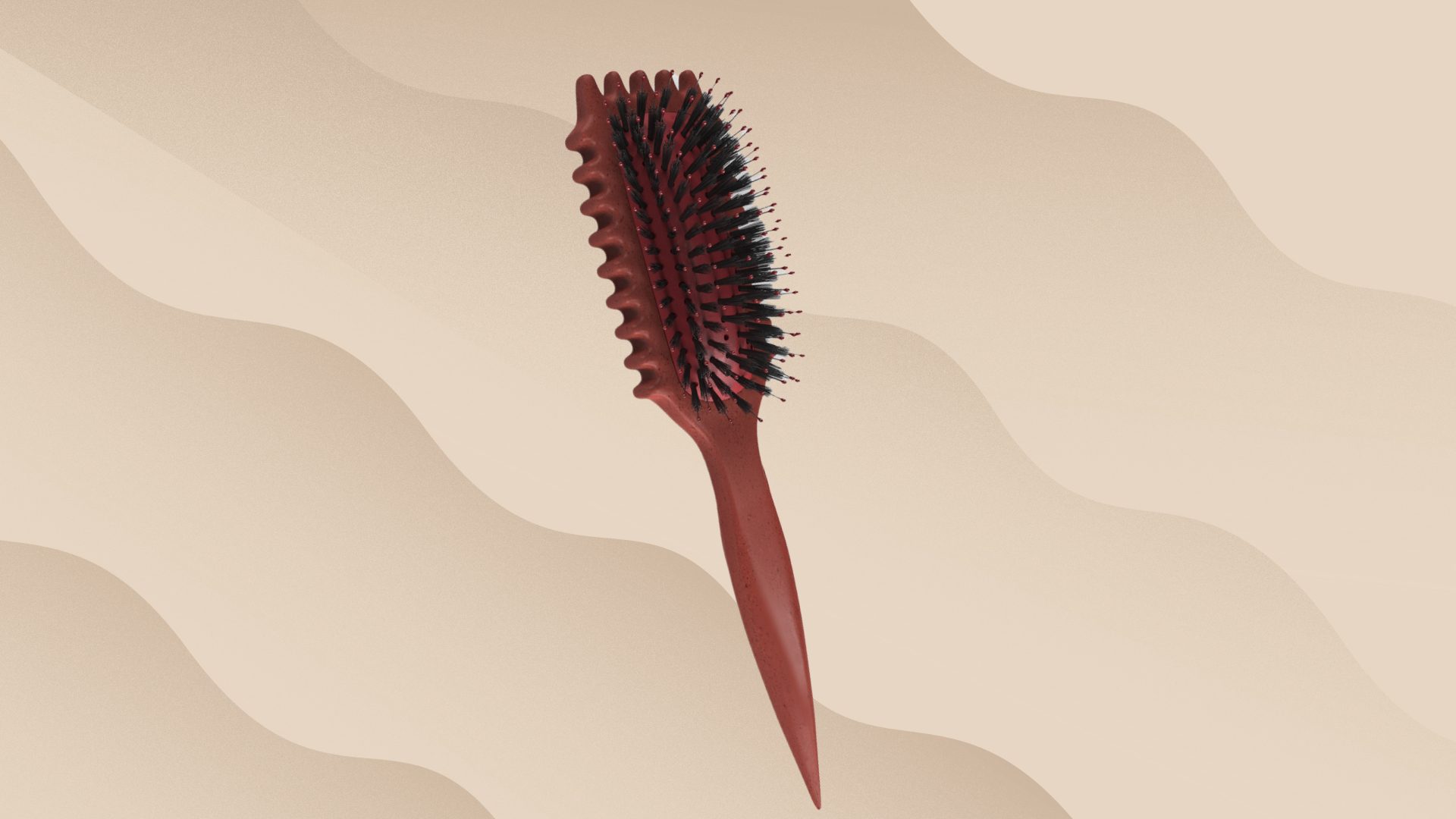
There are many people who suffer with dandruff. Dandruff is defined as flaking of the scalp. The cause of dandruff is unknown but the excess amount of the yeast Malassezia found on the skin may play a role in the cause of dandruff. Dandruff can range from moderate to chronic and is a condition that many people suffer with. If you suffer with dandruff do not feel ashamed or embarrassed because there are a variety of products to help control the flakes and reduce the itching associated with the flaky scalp.
Moderate dandruff
If you have a moderate type of dandruff you can find over-the-counter products to help reduce the flakes and itching. When you use over-the-counter products to control flakes you may need to shampoo twice a week until the dandruff gets under control. Once the dandruff is under control, you can space out shampooing if you notice that the flakes do not come back in two to three days.
Some signs of normal dandruff are white flakes found on your shoulders, itchy scalp, tight scalp, and tender scalp from scratching your scalp.
Exaggerated dandruff
Exaggerated cases of dandruff can be seen by looking at your flakes. Do you notice flakes that are differentiated in size? Does your scalp burn or tingle? Do your flakes stick to your hair or pile up on your skin? These are signs and symptoms of a more severe case of dandruff like seborrheic dermatitis.
Seborrheic dermatitis
Seborrheic dermatitis is a problem with oily skin and the flakes are yellow in color. The scalp will be red in color and feel tight. The scalp will feel sore and tender from itching. The most common areas affected are the hairline and forehead. Seborrheic dermatitis is not limited to these areas and can be found anywhere on the scalp, as well as the neck, back, chest, face, ears, and anywhere else on the body.
Genetics and hormonal imbalance may play a role in the cause of seborrheic dermatitis. The frequent use of a shampoo or treatments containing 3% sulphur, 3% salicylic acid and an anti – fungal ingredients like ketoconazole, zinc pyrithione or selenium sulphide can help keep flakes under control.
Pityriasis amiantacea
Pityriasis amiantacea is a problem seen with people that have psoriasis or can be seen alone. According to the International Association of Trichologists Hair and Scalp Problems, “Pityriasis means scaling and amiantacea means asbestos – like, which describes how the flakes can look”. With pityriasis amiantacea the flakes stick to the hair or the hair sticks to the scalp. Some signs of pityriasis amiantacea include swollen red or reddish yellowish scalp and white flakes. Hair loss can occur if you are constantly scratching your scalp and damage the follicle.
Psoriasis
Psoriasis is an autoimmune problem of the skin. It occurs when a certain group of white blood cells attack healthy cells in the skin. Abnormal cell division causes skin cells to shed prematurely. Normal skin cells have a life span of 28 days for psoriasis; the rate is 10 times faster causing the buildup of red, scaly patches on the skin.
Triggers of psoriasis are exposure to a new substance, stress, injuries to the skin, and viral and bacterial infections. People who suffer with psoriasis are genetically predisposed to it. The amino acid Tyrosine may be recommended by a trichologist to help control the symptoms of psoriasis. Tyrosine helps increase the resistance of hair follicles to the autoimmune attack in the skin.







Lichen Simplex occurs with red, flaky patches by the nape area or along the neck near the hairline. This problem results in extreme scratching of the scalp and causes lichenification. Lichenification occurs from chronic itching and the skin becomes hardened and feels leathery. The main goal is to try and stop scratching the area in question. Hair loss and hair breakage may result. The cause of lichen simplex is unknown but emotional stress, and allergic reactions to cosmetics or a genetic predisposition may trigger lichen simplex. Lotions and creams containing menthol or camphor can help reduce the itching and products with 3% tar and 3% salicylic acid can be used to control the flakes.
Folliculitis
Folliculitis takes place when your follicles are inflamed. Signs of folliculitis include small pustules at the follicle openings where the inflammation occurs. You may experience severe itching and a tender scalp. For treatment you can use medicated topical treatments, antibiotics, or antiseptic’s to control the problem.
Ringworm
Ringworm is also known as tinea capitis. Ringworm is a fungus infection that creates a scaly circular bald patch on the skin or scalp. If you suspect you or a child has ringworm, you need to see a doctor immediately because ringworm is contagious. Your doctor will prescribe antibiotics to get rid of the ringworm.








